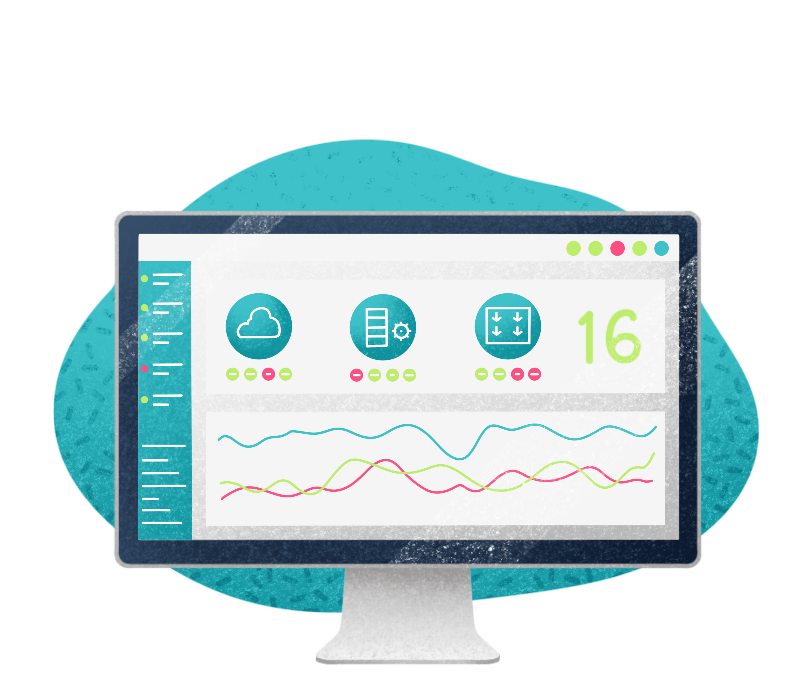Artificial Intelligence (AI) has driven progress across various markets and industries, including smart cities, healthcare, industrial manufacturing, and immersive domains like the Metaverse.
At the same time, widespread adoption of AI has inevitably raised concerns about trust, risk, and security. AI Trust, Risk, and Security Management (AI TRiSM) is the framework organizations increasingly rely on to address these evolving challenges.
AI TRiSM is a comprehensive approach that incorporates the goal of ensuring that AI systems are compliant, fair, reliable, and capable of protecting data privacy within an organization’s governance strategy.
This framework provides tools and practices to monitor and mitigate risks associated with AI, promoting innovation while fostering trust among stakeholders.
This article delves into the applications, challenges, and future potential of AI TRiSM, focusing on promoting ethical AI practices and robust security measures.
The Importance of AI TRiSM
AI applications now permeate nearly every aspect of daily life, from recommendation engines to autonomous vehicles. However, their increasing prevalence raises significant questions about user relationships, sensitive data protection, and critical information security.
Trust in AI often hinges on its transparency, fairness, and ethical use. Risks, on the other hand, stem from biases embedded in algorithms, privacy violations, and system malfunctions.
AI TRiSM provides a structured approach to address these concerns. By analyzing and assessing transparency, explainability, and the reliability of AI systems, organizations can create trustworthy and secure AI ecosystems.
Balancing Trust, Risk, and Security
Trust is the cornerstone of successful AI integration.
While transparency, explainability, fairness, and accountability are essential for building relationships with users and stakeholders, AI systems also introduce new vulnerabilities. Striking a balance between trust and risk is thus crucial. Adhering to AI TRiSM principles offers a roadmap to achieve this balance effectively and sustainably.
The AI TRiSM framework integrates transparency, accountability, and ethical considerations into AI system development. It also provides tools to evaluate model reliability and proactively manage risks, enabling organizations to deploy AI solutions securely.
Automation in Managing Trust, Risk, and Security
Traditionally, managing trust, risk, and security relied on manual processes conducted by expert teams. These methods were time-consuming, error-prone, and challenging to scale. Automation has revolutionized this landscape.
AI TRiSM now leverages automation to simplify risk assessment, monitor model behavior, and apply security protocols promptly. Automated solutions enable organizations to scale AI operations while maintaining high compliance and security standards, all within manageable budgets.
The Four Pillars of AI TRiSM
AI TRiSM is built on four pillars, whose synergy helps reduce risks, foster trust, and enhance overall security. Here’s an overview of each:
- ModelOps
This practice ensures consistent performance and reliability of AI models through lifecycle management. It includes version control, thorough testing, and regular retraining to keep models accurate and relevant.
- AI AppSec (Application Security)
AI AppSec addresses threats to AI applications, such as data manipulation and deliberate attacks. Security measures include encryption, access controls, and supply chain security to safeguard AI systems from external threats.
- Privacy
AI systems often handle sensitive personal data, necessitating robust privacy measures. Techniques like data tokenization and noise injection anonymize personal information without compromising model performance, ensuring compliance with data protection regulations. - Explainability
Many AI models operate as “black boxes,” making their decision-making processes difficult to understand. Explainability tools, such as feature importance analysis and anomaly detection, provide insights into model operations, promoting transparency and trust.
Challenges in Implementing AI TRiSM
Adopting AI TRiSM unlocks transformative opportunities but also presents specific challenges that organizations must overcome.
Key Challenges:
- Cyberattacks: Malicious actors can exploit vulnerabilities in AI systems, leading to data breaches, financial loss, and reputational damage.
- Evolving Threats: The dynamic nature of AI threats requires continuous monitoring and adaptation of security protocols. The ENISA Threat Landscape 2024 highlights eight key threats: ransomware, malware, social engineering, data breaches/leaks, denial of service, information manipulation, and more.
- Regulatory Compliance: Emerging regulations like the EU AI Act demand compliance frameworks beyond existing privacy standards.
- Skills Gap: A shortage of skilled professionals hinders the development and maintenance of secure AI systems. Attracting and retaining qualified AI talent is crucial for competitive advantage.
- Integration Complexity: Integrating AI TRiSM into existing workflows can be technically complex, requiring cross-functional collaboration.
- Lack of Awareness: Many organizations underestimate AI risks, leading to inadequate security measures.
- Data Proliferation: Shadow data, such as improperly shared cloud-stored content, complicates data tracking and protection, making it harder to secure sensitive information.
By addressing these challenges, organizations can unlock the full potential of AI TRiSM and ensure the ethical implementation of AI systems.
Benefits of Adopting AI TRiSM
Adopting AI TRiSM provides organizations with the tools to proactively manage risks, foster trust, and adapt to evolving regulatory requirements.
Key Benefits:
- Reduced Risk: Proactively identifying and mitigating AI-related risks minimizes potential impacts.
- Increased Trust: Transparency and explainability enhance user trust in AI systems.
- Improved Reputation: Commitment to responsible AI practices boosts customer trust and brand integrity.
- Regulatory Compliance: AI TRiSM adherence helps organizations meet legal and regulatory requirements, reducing the risk of penalties.
Cost Savings: AI and automation in security reduce data breach costs, with potential savings of $2.22 million on average (source: IBM).
The Future of AI TRiSM: Proactive Efforts and Dynamic Solutions
A comprehensive AI TRiSM program already provides the governance necessary to ensure AI systems are compliant, fair, reliable, and privacy-preserving.
Looking ahead, AI TRiSM principles will continue to evolve, enabling organizations to anticipate emerging threats and adapt to future regulations. Collaboration among stakeholders will play a pivotal role in establishing standardized best practices. Strong partnerships will drive widespread and informed AI TRiSM adoption.
Innovation will fuel the development of advanced AI TRiSM tools and techniques. As AI technologies grow more complex, advancements in monitoring, risk assessment, and security measures will make the framework increasingly resilient and adaptable.
FAQs
1. What is AI TRiSM?
AI TRiSM is an approach that integrates compliance, fairness, reliability, and data privacy protection into an organization’s governance objectives.
2. What are the main pillars of AI TRiSM?
The four pillars are ModelOps, AI AppSec, Privacy, and Explainability, working together to reduce risks and enhance security.
3. What are the benefits of adopting AI TRiSM?
AI TRiSM helps reduce risks, build user trust, improve organizational reputation, ensure regulatory compliance, and save costs related to data breaches.
2025 Gartner®Market Guide for ITSM Platforms
Get the latest ITSM insights! Explore AI, automation, workflows, and more—plus expert vendor analysis to meet your business goals. Download the report now!

A guide to AI in ITSM
Discover how to integrate artificial intelligence into your ITSM, redesign your processes, and take your company’s efficiency to the next level.





